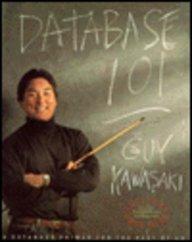Answered step by step
Verified Expert Solution
Question
1 Approved Answer
How would I do this? 1.1 Integer Division Write RISC-V code to implement this function: int intdiv(int numer, int denom); This will return the largest
 How would I do this?
How would I do this?
Step by Step Solution
There are 3 Steps involved in it
Step: 1

Get Instant Access to Expert-Tailored Solutions
See step-by-step solutions with expert insights and AI powered tools for academic success
Step: 2

Step: 3

Ace Your Homework with AI
Get the answers you need in no time with our AI-driven, step-by-step assistance
Get Started


